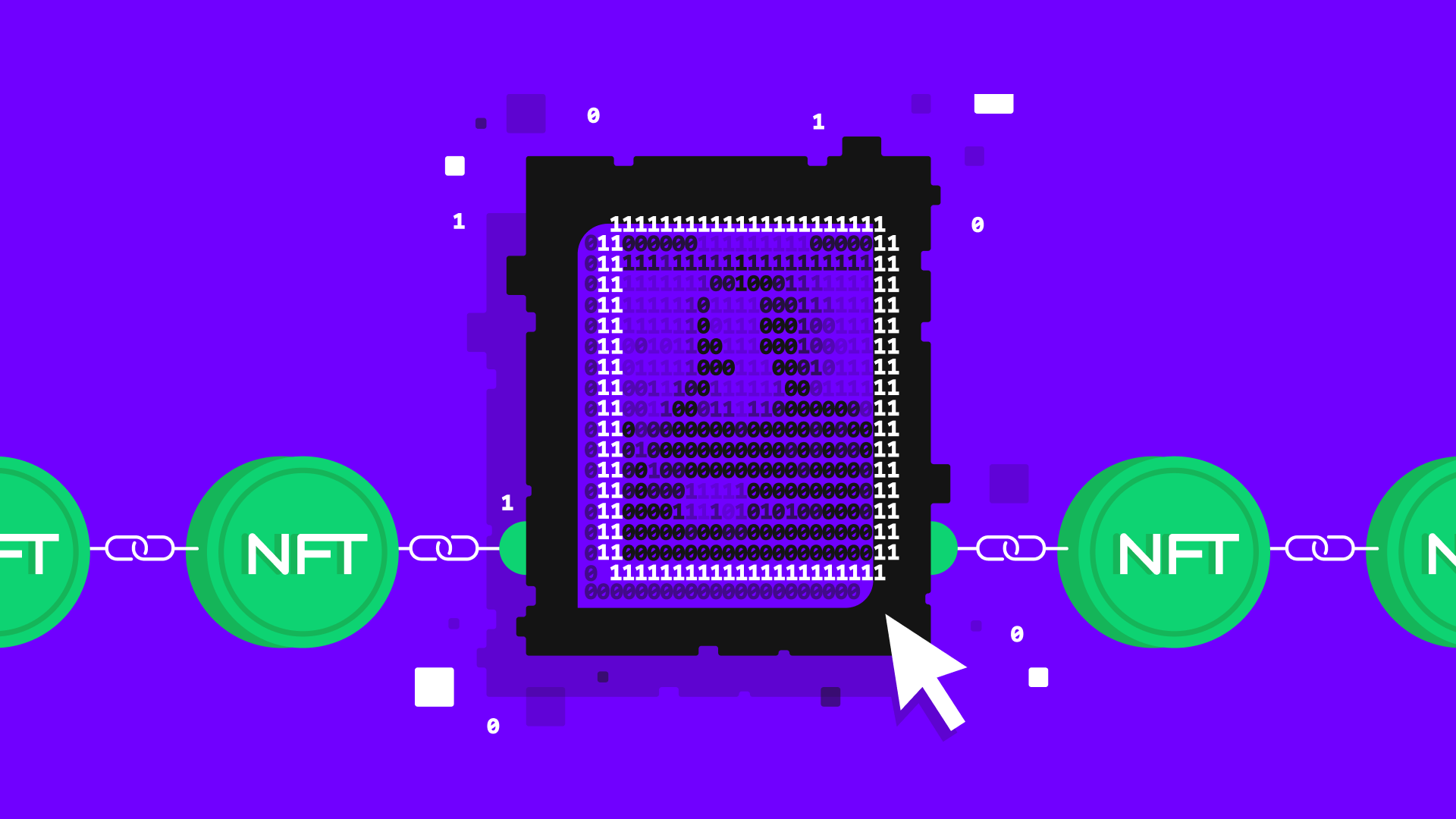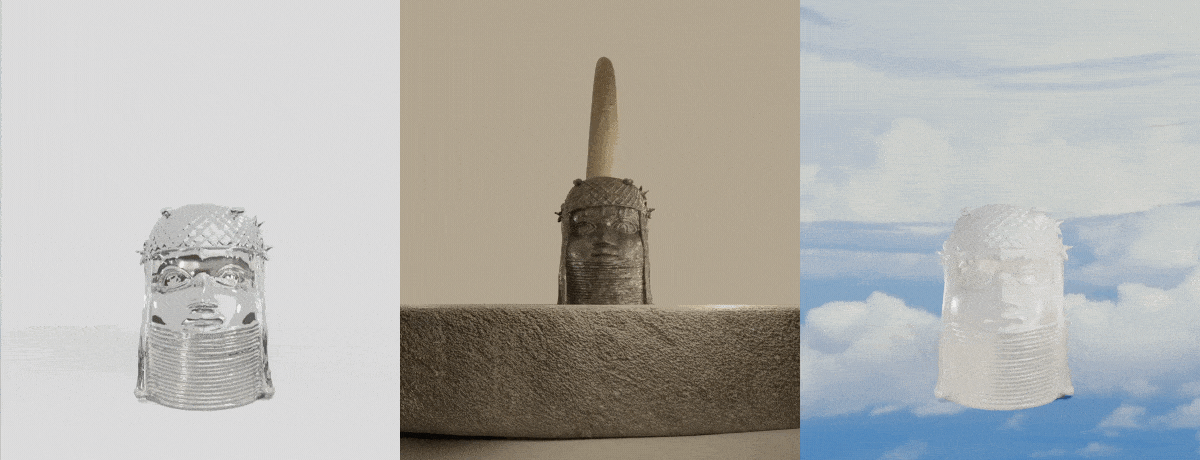Four things that Museums Could Learn from the Web3 Space

Collective storytelling with Hollywood writers, co-funded purchase of the US constitution, NFT repatriation of ancient treasures from the British Museum, and other web3 initiatives that art institutions should put on notice.
Museums appear to be in a polarised position when it comes to web3. Some institutions are opening their doors to the technology; from accepting cryptocurrencies as donations, purchasing NFTs for their collections, applying POAPs to exhibitions, or using NFTs to fundraise new sources of income. Yet others remain hesitant about the technology and its capabilities.
But why might a museum want to engage in this space? And what could the sector learn from this emerging space? Here are four reasons why museums shouldn’t disregard this technology.
Harnessing a Sense of Community
Web3 collectives such as DAOs or NFT collections have successfully created online communities that continue to flourish. At the core of many of these communities is the idea of sharing control.
For example, Muse0 DAO is a collection of artists and curators who are working as a collective to cultivate and curate a collection of NFTs that represent a diverse range of artists. Its community-driven and horizontal approach provides the framework to experiment with shared curatorial practices and could offer new ways of presenting and interpreting works.
Similarly, The Glue Factory Show NFT project is a cartoon comedy show associated with a collection of NFTs where the NFT owners gain the ability to co-create content for the future series. Using community writing rooms on the Discord channel, NFT owners were given prompts by Hollywood writers to engage with and create content from which would become the foundations of the TV series. In this respect, the show explores how web3 communities can support collective storytelling and community creativity through sharing control over the content of the show.
Both of these examples highlight how shared control facilitates a more creative process. Cultural institutions such as museums already explore ideas around participation, but this emerging technology could provide insight into ways of creating a more horizontal and truly collaborative approach to production and interactivity.
Harnessing Patrons
This same sense of community has informed new kinds of community fundraising practices. Similar to crowdfunding or a giving circle, DAOs have been used to bring together like-minded people and pool their funds to provide greater purchasing power. For example, the Constituent DAO made headlines in November 2021 when a collective of 17,000 people co-funded $46 million to purchase one of the thirteen copies of the US constitution at a Sotheby’s sale.
Whilst this was unsuccessful, Constituent DAO exemplifies how this technology could be leveraged to create a new kind of community fundraising approach. Museums could implement such an approach to source funds for acquisitions or preservation costs which could support new kinds of business models for museums.
Decentralising Agency
But web3 could also be used to challenge traditional institutions. Examples such as Looty and the Balot NFT highlight how this technology could inform an entirely new guise of digital repatriation.
Looty the initiative is on a mission to digitally return cultural artefacts from cultural institutions that have failed to be repatriated to its source communities. This includes Nigerian royal treasures such as the Benin Bronzes, which have ended up in cultural institutions such as the British Museum and have been under consistent heated debate regarding repatriation. Looty works by ‘Looters’ visiting physical institutions to take photos of these artefacts and releasing the images as NFTs in editions 25 1/1 pieces the proceeds of which go towards a community fund that will support young artists from across the African continent.

The Balot NFT initiative took a similar approach where the Congolese Plantation Workers Art League (CATPC) minted NFTs of the Balot sculpture currently held by the Virginia Museum of Fine Arts (VMFA). The VMFA has repeatedly refused to engage in any loan requests by CATPC and thus the NFT is a way for CATPC to take back control over the sculpture by monetising the digital extension of the work.

Both cases radically challenge ideas around cultural property and digital ownership by reclaiming the agency of the object through tokenization. In this respect, decentralisation could be an alternative tool to decolonise which cultural institutions could engage in to extend current discussions and practices.
Distributed Earnings
In addition, decentralisation can be used within other operating systems of museums. For example, smart contracts could be used to distribute earnings and revenue of exhibitions across different collaborators. Trickle Down: A New Vertical Sovereignty by Helen Knowles is one example of how this might work in practice. This was a four-video installation piece orchestrated by a smart contract that explored the wealth disparities and value distribution of society. The installation starts by a visitor inserting a pound coin. The pound coin also sets off a transaction to deploy the smart contract which distributes crypto payments to every person that contributed to the project. In doing so, the work imagines how to fairly remunerate participants for their contributions and considers how web3 could be used to support collaborative work. Likewise, museums could consider using this approach in collaborative projects and exhibitions where smart contracts could automate distribution and enable fast, effective, and decentralised revenue systems.

In summary, web3 reignites conversations around ownership, authority and governance, ideas which underpin museum practice and theory. If museums are willing, web3 can be far more than a monetisation tool and could provide an alternative perspective to these well-established themes.

